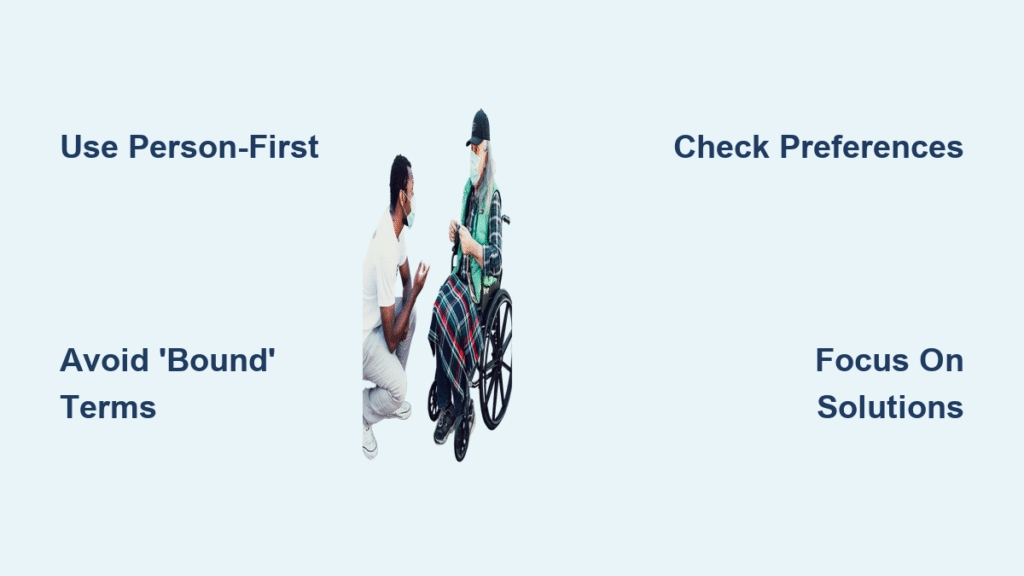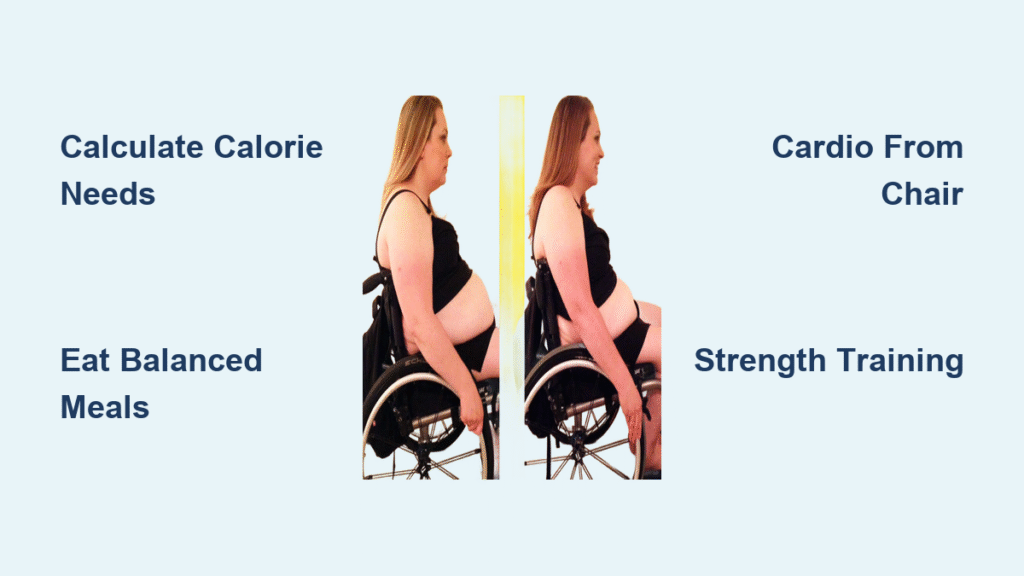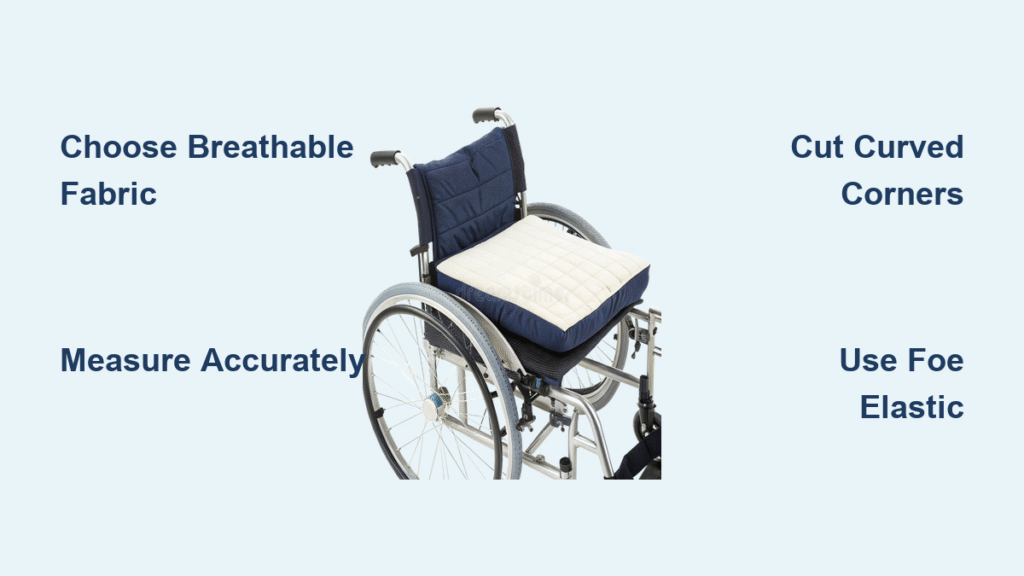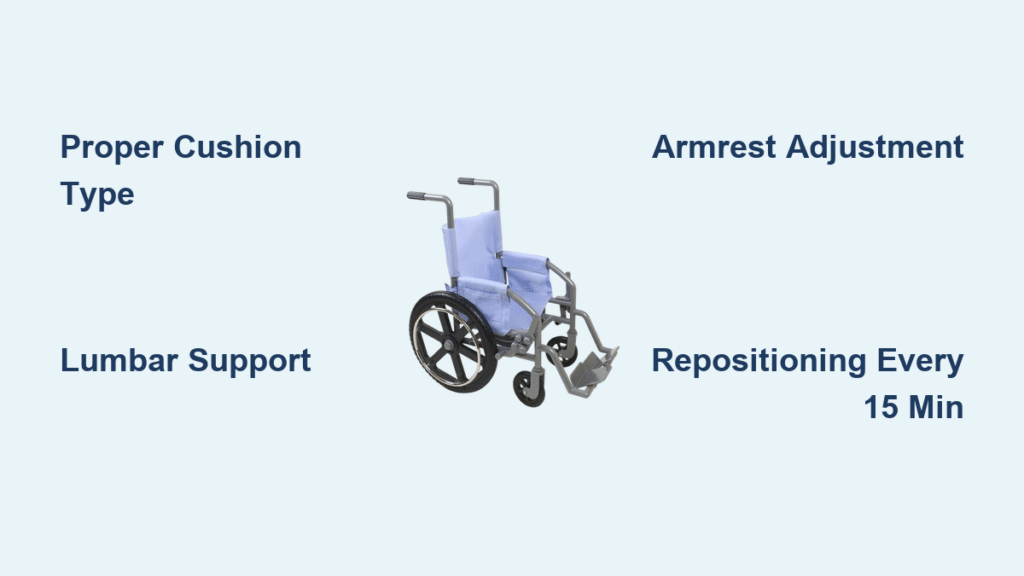You’re introducing a colleague at a meeting and suddenly freeze—how should you describe their wheelchair use? Or you’re drafting an accessibility report and second-guess every phrase. If you’ve ever worried about saying the wrong thing when how to refer to someone in a wheelchair comes up, you’re not alone. Most people want to be respectful but fear accidental offense. The truth? Getting this right takes less effort than you think once you understand three core principles: prioritize the person over equipment, ditch outdated terms that imply limitation, and always consider context.
This guide cuts through the confusion with actionable, real-world language solutions verified by disability communities. You’ll learn exactly which phrases to ban immediately, when wheelchair use matters in conversation (and when it’s irrelevant), and how to adapt your phrasing for professional writing versus casual chats. Most importantly, you’ll gain confidence that your words reflect respect—not pity or awkwardness.
When to Use “Person Who Uses a Wheelchair” vs “Wheelchair User”
Default to Person-First Language Unless Explicitly Told Otherwise
Person-first language (“person who uses a wheelchair”) remains the safest choice when you don’t know someone’s preference. It centers the individual rather than their mobility aid, avoiding the implication that disability defines them. Use this phrasing in professional introductions, reports, and formal writing: “Our team lead, Alex Chen, who uses a wheelchair, pioneered the new accessibility protocol.” Notice how the wheelchair reference appears as a neutral descriptor—not the focus of the sentence.
Critical red flag: Never assume identity-first language (“wheelchair user”) is acceptable without confirmation. While some disability advocates prefer this term as a point of pride (especially in UK contexts), it’s not universal. A 30-second conversation solves this: “I want to reference your mobility aid respectfully in this presentation—do you prefer ‘person who uses a wheelchair’ or ‘wheelchair user’?” Asking shows respect far more than guessing correctly.
Why Identity-First Language Requires Caution
Identity-first phrasing (“disabled person,” “wheelchair user”) is gaining traction in disability rights circles, particularly among activists who view disability as integral to identity. However, its acceptance varies wildly by region and individual. In the U.S., person-first dominates official communications, while the U.K. commonly uses “disabled person.” Australians prefer “people with disability” (singular). Crucially, never apply identity-first language to groups like “the disabled”—this reduces people to a single trait. Stick to specifics: “Our event hosted 12 wheelchair users” not “We included the disabled.”
Immediate Language Fixes: 5 Phrases to Ban Today

Why “Wheelchair-Bound” Is Harmful (and What to Say Instead)
This term implies imprisonment rather than mobility. Wheelchairs are liberation devices—not constraints. If Maria uses a wheelchair, she can travel farther and faster than crawling. Replace “wheelchair-bound” with neutral descriptions: “Maria, who uses a wheelchair, accessed the building via the ramp.” Similarly, never say “confined to a wheelchair”—it frames essential equipment as a cage.
The Shocking History Behind “Handicapped” and “Cripple”
These terms carry violent historical baggage you’re probably unaware of. “Handicapped” originated from “cap-in-hand,” referencing beggars forced to hold out caps for charity. “Cripple” stems from Old English crēopan (to crawl), evoking images of broken bodies. Drop these immediately—they’re offensive in all modern contexts. Even well-intentioned alternatives like “differently-abled” infantilize people. Stick to factual terms: “accessibility features” or “mobility device.”
Context Rules: When Wheelchair Use Matters (and When It Doesn’t)
The 3-Second Relevance Test for Conversations
Ask yourself: Would I mention this detail if the person walked? If not, omit it. Introducing your accountant? Say “This is Jamal, our finance director.” Not “Jamal, who uses a wheelchair.” Only reference mobility aids when accessibility is the topic: “We need elevator access for the speaker who uses a wheelchair.” Notice how the focus stays on the solution (elevator), not the person’s body.
Group Reference Pitfalls to Avoid
Never say “the disabled” or “handicapped community”—these dehumanize by reducing people to a single trait. Correct phrasing depends on context:
– For policy documents: “People with disabilities comprise 26% of U.S. adults”
– In event planning: “We confirmed wheelchair-accessible seating for all attendees”
– When addressing groups: “Our services support wheelchair users” (if identity-first is preferred)
Pro tip: If discussing collective needs, specify the disability: “Mobility device users require wider doorways,” not vague “accessibility issues.”
Movement Description Hacks for Natural Conversations

Neutral Verbs That Work for Everyone
Use standard movement terms regardless of mobility method: “Taylor went to the conference,” “Sam approached the podium.” You wouldn’t say “legged it” for walkers—don’t say “rolled in” for wheelchair users. Only reference the wheelchair when mechanics matter: “Dr. Lee propelled herself forward to reach the whiteboard.” Avoid “zoomed past” unless emphasizing speed in a relevant context (e.g., racing).
The Eye-Level Rule for In-Person Chats
When conversing longer than 90 seconds, kneel or sit to match the wheelchair user’s eye level. Standing creates a power imbalance that feels dismissive. Never lean on or touch someone’s wheelchair—it’s an extension of their personal space. If offering help, ask first: “May I hold that door?” instead of grabbing their chair.
Professional Writing Cheat Sheet: Right vs. Wrong
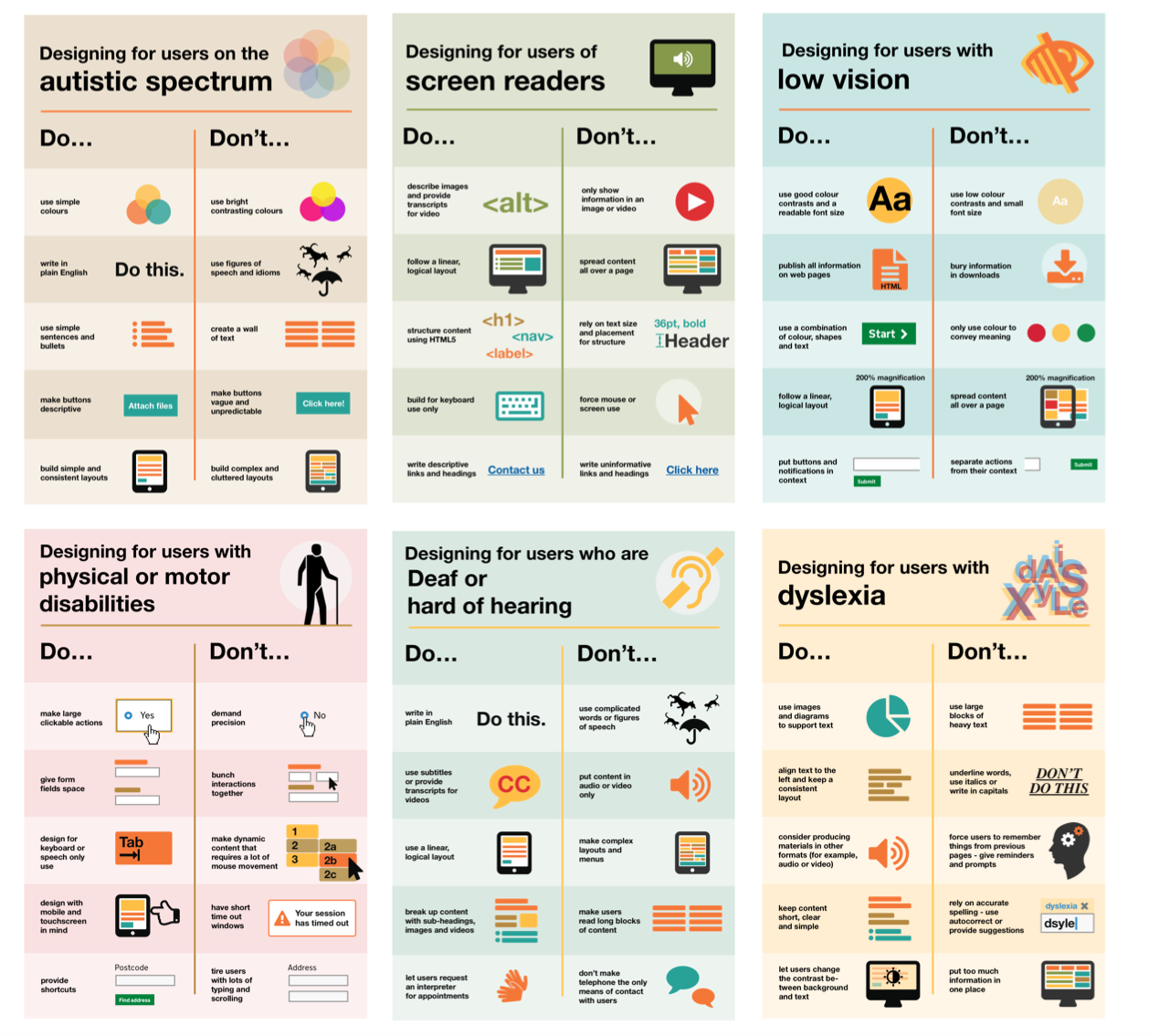
Formal Document Examples That Pass the Test
✅ Correct: “Dr. Aris Thorne, who uses a wheelchair, chairs our accessibility committee.”
(Person-centered, relevant detail)
❌ Wrong: “Despite being wheelchair-bound, Dr. Thorne leads our committee.”
(Implies overcoming tragedy)
✅ Correct: “Campus tours include wheelchair-accessible routes.”
(Solution-focused)
❌ Wrong: “Handicapped-accessible tours available.”
(Outdated term)
Key pattern: Always position wheelchair use as incidental—not inspirational. People aren’t “brave” for existing; they’re professionals doing their jobs.
Everyday Phrases That Actually Work
Real Scripts for Awkward Situations
When meeting someone new:
“Hi, I’m Maya. Great to connect!” (No wheelchair mention unless they bring it up)
When planning outings:
“The café has ramp access—let me know if you need help navigating.”
(Offers support without assumption)
When you slip up:
“Sorry—that phrasing was clumsy. How would you prefer I describe this?”
(Shows humility; don’t over-apologize)
Never say: “I don’t see you as disabled.” This erases their experience. Acknowledge reality while focusing on ability: “Your presentation skills are incredible—let’s discuss your next talk.”
Quick Language Audit: 4 Checks Before You Speak
- Relevance test: Is wheelchair use essential to this point? If not, delete it.
- Person-first default: Using “person who uses a wheelchair” unless confirmed otherwise?
- Banned term scan: Zero instances of “handicapped,” “bound,” or “suffers from”?
- Solution focus: Did you highlight accessibility features rather than limitations?
Run through these in under 20 seconds. If all check out, you’re good to go.
Why Language Evolves: Understanding the Shift
Terms like “handicapped” were standard in 1990s ADA signage until disability advocates highlighted their charity-based origins. “Cripple” was medical jargon until activists demanded humanizing language. This isn’t “political correctness”—it’s aligning words with dignity. When you avoid “wheelchair-bound,” you reject the idea that mobility aids imprison people. You affirm that wheelchairs, like cars or bicycles, are tools for freedom.
Final Rule That Overrides Everything
When in doubt, ask the person directly. A simple “How do you prefer I reference your mobility aid?” takes 10 seconds but builds genuine trust. If you can’t ask (e.g., writing about public figures), default to person-first language and focus on solutions. Remember: respectful language isn’t about perfection—it’s about showing up with humility. Your willingness to learn matters more than any single phrase.
The most powerful thing you can do? Treat wheelchair users as whole people first. Reference their expertise, humor, or skills—not just their chair. When you do mention mobility aids, keep it factual and fleeting. Do this, and you’ll never need to overthink how to refer to someone in a wheelchair again. Your words will naturally reflect the respect they deserve.

